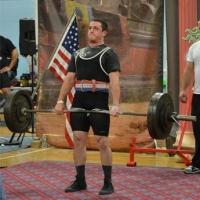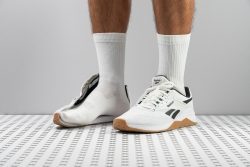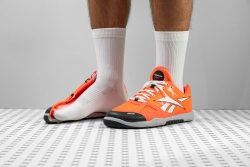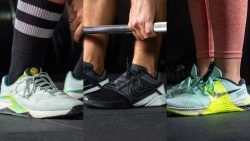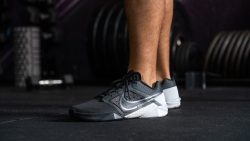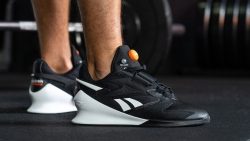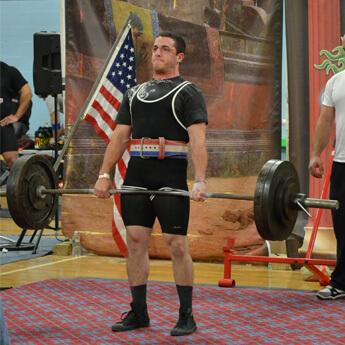3 Best Reebok Crossfit Shoes in 2025
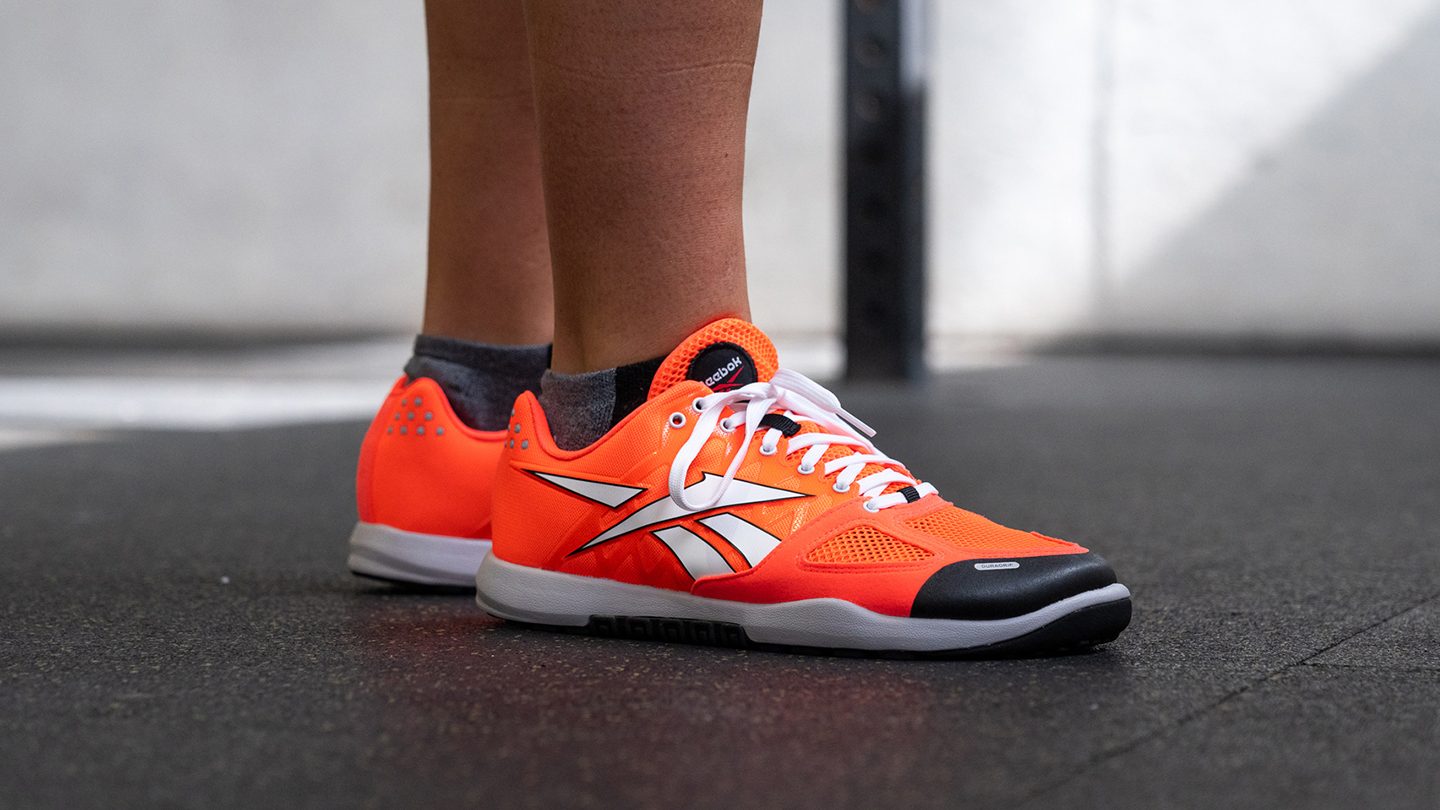
We buy shoes ourselves. We earn commissions when you buy through us, at no extra cost. Why trust us
When CrossFit, one of the biggest, if not the biggest and most exciting, fitness movements of our time, announced its 10-year partnership with Reebok in 2010, it marked a remarkable revolution in the fitness industry. It also gave birth to the now iconic CrossFit Nano lineup.
Although the partnership was not renewed 10 years later, Reebok, especially the CrossFit Nano shoe line and other CrossFit variations from the same brand, has already made an indelible impact on the branded elite fitness community.
With so many high-rated CrossFit kicks from Reebok, picking the perfect pair for your fitness needs can be mind-boggling. To help you save the hassle, we’ve purchased and reviewed Reebok CrossFit shoes. We carried out different sets of tests, both in the gym and in our lab, to judge each pair's good and bad sides. We give you our top picks in this guide.
How we test Reebok crossfit shoes
Before giving our favorite picks, we put all the CrossFit shoes from Reebok through our rigorous testing process. That means each pair is subjected to the usual high-intensity interval training, and the daily grind of gym workout regimens, which include lifting weights, squatting, pushups, and other strength and conditioning exercises.
Here’s how we do it:
- We buy the Reebok CrossFit shoes for our test sessions, investing our own money to remove any taint of brand influence or bias.
- We use the shoes in various CrossFit workout routines. We determine the shoes’ actual fit, cushioning, stability, durability, traction, and many more.
- We cut the shoes in half in our lab and measure every little detail and feature of the shoe. This results in more than 20 data points that we publish with each CrossFit shoe review.
Best Reebok Crossfit shoes overall
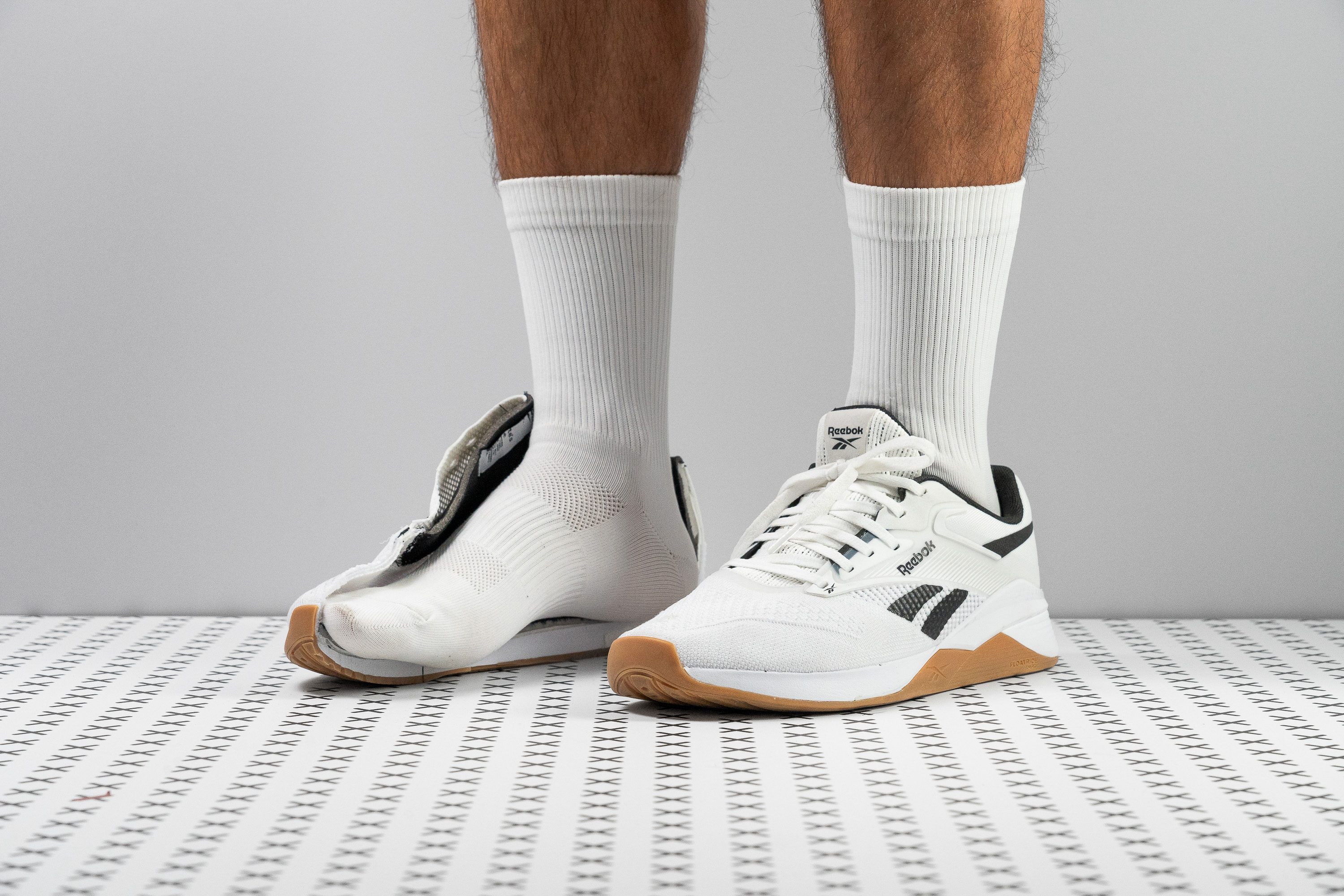













































What makes it the best?
The Reebok Nano X4 delivered immense breathability, great traction, and an effectively supportive heel. These benefits ensured comfort and focus during our workouts, and they are more than enough to crown this shoe as the best among all CrossFit shoes from Reebok.
We did a smoke test in the lab to see how breathable the Nano X4 is. After pumping smoke into the shoe, it passed easily and quickly through the upper. We were impressed by this, so we gave this shoe a 4 out of 5, with 5 as the most breathable.
Grip was definitely one of the highlights of this shoe. Its bite on anything was just so good that we did not have any problems using the Nano X4 for grip-intensive exercises such as rope climbing.
To test the firmness (or support capacity) of this trainer’s heel, we manually pushed and squeezed it in the lab. It got a 4 out of 5 in terms of firmness. In the gym, this finding translated to a truly secure heel hold.
Even with all those amazing benefits, this shoe might still be too heavy for some. The Nano X4 was almost an ounce (25g) heavier than average. Hence, we do not recommend this shoe to those who want to feel really light on their feet.
Pros
- Fantastic wear resistance
- Great balance of cushioning and stability
- Feels grounded and supportive
- Secure foot lockdown
- A fully-gusseted tongue (finally)
- Nice breathability
- Lighter than the X3
- Great grip on gym floors
Cons
- Not for heavy lifting
- Not for wide feet
Reebok Crossfit shoes with the best value
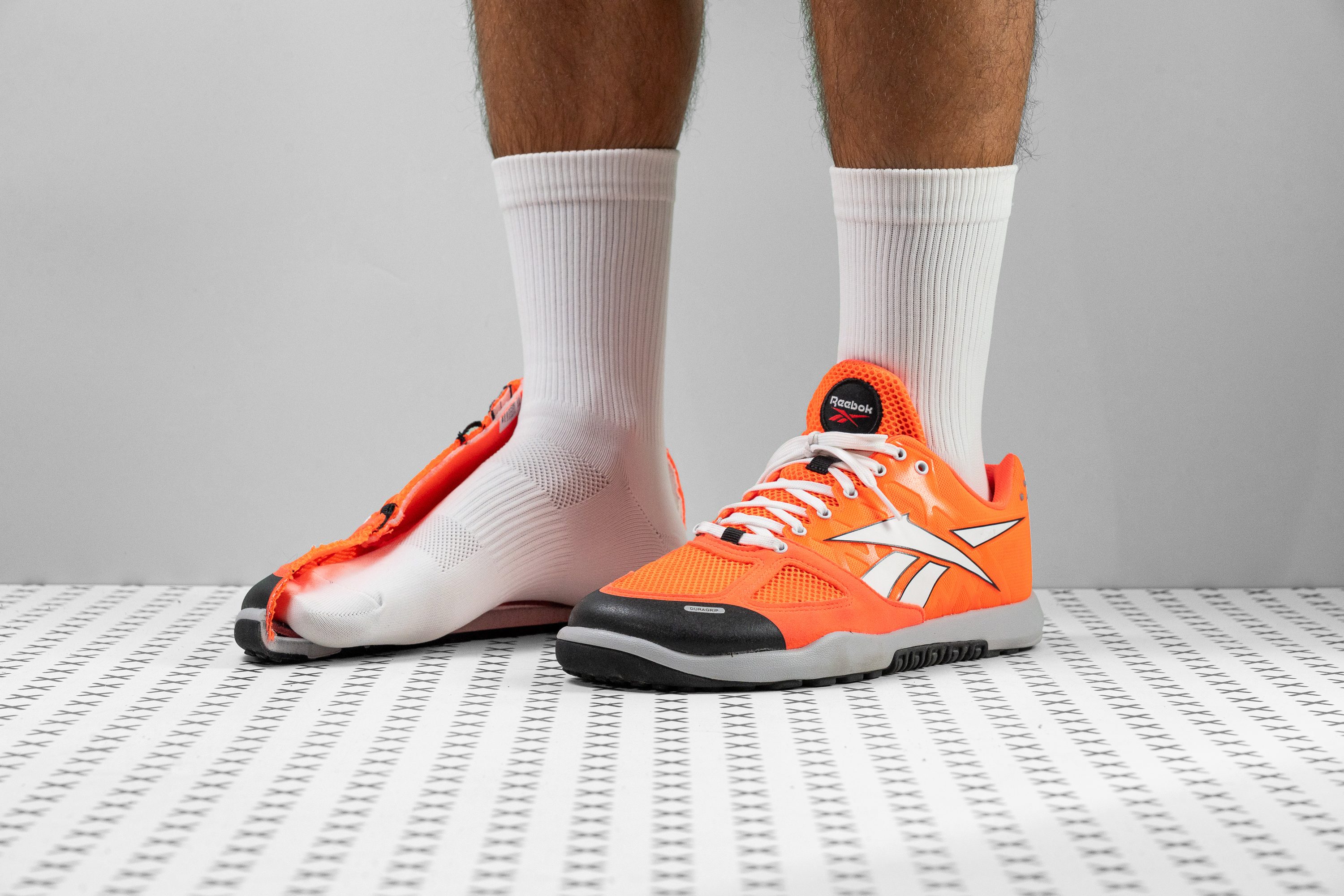










































What makes it the best?
Not much can be said about the $120 price (average is $124) of the Reebok Nano 2.0, but performance-wise it is a beast. We could really say that we got more than we originally hoped for. Aside from its perfect breathability, this shoe also boasted a pretty grounded feel. We were also impressed by how light it felt on our feet.
We pumped smoke into this shoe in one of our lab tests, and we were in awe at how easily the smoke passed through the upper. In the gym, there was not a time when we felt damp while wearing this shoe. Given these experiences, this shoe deserves a perfect 5 for breathability.
We could say that the Reebok Nano 2.0 is among the most grounded shoes we’ve ever assessed. Compared to the average, the tooling for this shoe is thinner by a staggering 6.5 mm at the heel and 3.0 mm at the forefoot. Instability simply didn’t have a chance, even when we were lifting quite heavy loads.
The weighing scale simply confirmed the lightness that we had been enjoying during our workouts. The Nano 2.0 weighs only 10.1 ounces or 286.0 grams, making it lighter than the average trainer, which weighs 11.2 ounces or 317 grams.
The tongue was a bit of a nuisance because it slipped to the sides quite a lot. We blame its non-attached or non-gusseted design for this experience.
Pros
- Pleasantly lightweight
- Low-profile and minimal
- Grounded platform
- Highly breathable
- Very flexible
- Spacious toebox
- Good outsole traction
Cons
- Lacks cushioning for jumps and runs
- Upper is not durable
- Tongue slips
Best Reebok Crossfit shoes for outdoors
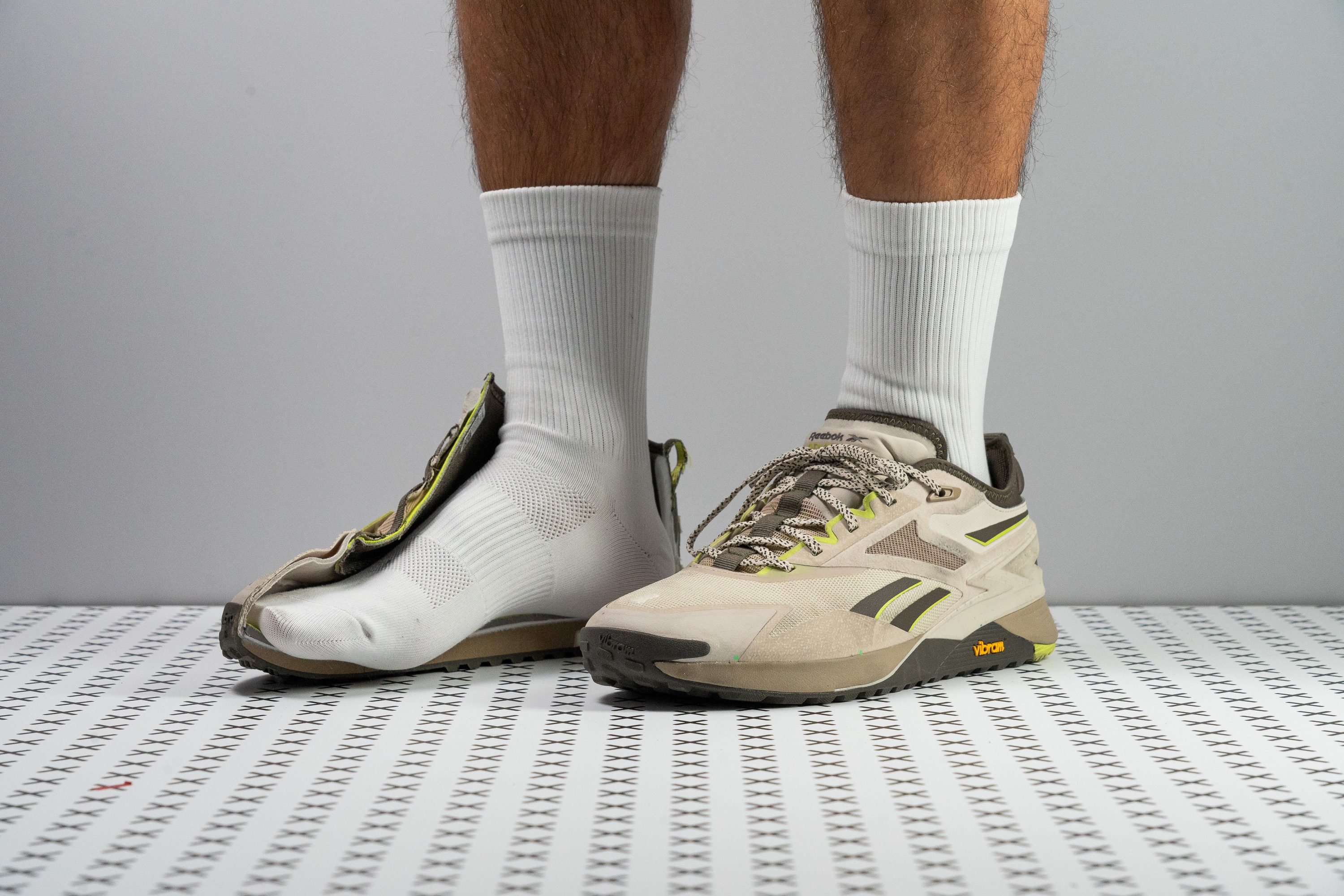








































What makes it the best?
Out of all the Reebok CrossFit shoes that we tried, it was the Reebok Nano X3 Adventure that fared the best outdoors because of its impressively firm outsole, durable build, and effectively twist-resistant base.
Durometer measurements of both the outsole indicated that it was on the firmer side. The outsole has a rating of 89.4 HC (ave 84.0). The firmness of the outsole protected us from feeling the brunt of pebbles and other debris that we stepped on while outdoors.
It’s the upper that brought in much durability. Even high-pressure Dremel drilling in the lab couldn’t get through it. Giving the upper a score lower than the perfect 5 would be a crime!
The uneven surfaces of the outdoors made foot twists highly probable. Fortunately, we did not have to worry so much about twisting our feet because we felt protected by the firmness of the base. We gave it a 3 out of 5 for torsion resistance when the average is only 2.7.
The heat that we felt when wearing this shoe was a significant turnoff. After conducting a smoke breathability test on the Reebok Nano X3 Adventure, we could only give it a score of 1 out of 5.
Pros
- Perfect gym-to-trail shoe
- Excellent traction indoors and outdoors
- Great impact protection
- Offers enough court feel
- Super durable upper
- Just enough stability for exercises
- Feels light
- Fairly flexible structure
Cons
- Poor breathability
- Pricey if not used outdoors
A buyer's guide on Reebok CrossFit shoes
Reebok has been a major player in the CrossFit shoe market for many years. The company used to be a sponsor of the CrossFit Games and worked closely with CrossFit athletes to design shoes that are specifically targeted to the demands of CrossFit workouts.
Reebok's first dedicated CrossFit shoe was the Reebok CrossFit Nano, which was released in 2010 and quickly became one of the most popular CrossFit shoes on the market. The Reebok CrossFit Nano was designed with input from CrossFit athletes and was specifically built to meet the needs of CrossFit athletes.
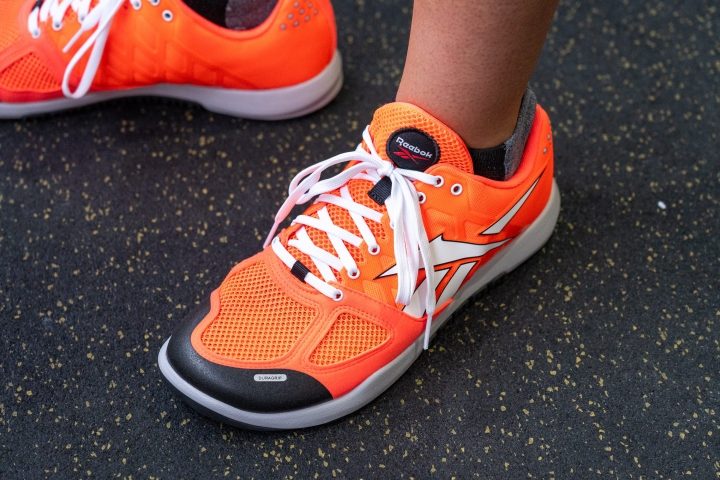
More than a dozen of Nano iterations have seen the world since 2010. How to know which one is best for you? Let's take a deeper look.
Choosing the best Reebok Nano shoe for you
The Nano series has evolved along with the demands of Crossfit athletes. The shoe went from a more minimal, firm, and lightweight platform to a more cushioned and comfortable trainer.
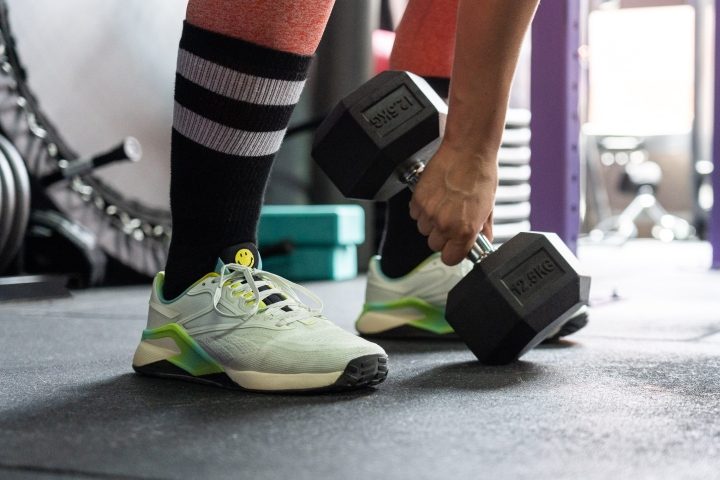
Here is a brief overview of the Nano editions:
| Iteration | Released in | Description |
| Nano 2.0 | 2012 |
Highlight: old-school/retro design, classic Crossfit shoe Drop: 4 mm Very lightweight: ~10 oz (280g) Price: $120-130 |
| Nano 3.0 | 2013 | |
| Nano 4.0 | 2014 | |
| Nano 5.0 | 2015 | |
| Nano 6.0 | 2016 | |
| Nano 7.0 | 2017 |
Highlight: Flexweave upper (lightweight and durable) Drop: 4 mm Very lightweight: ~10 oz (280g) Price: $130 |
| Nano 8.0 | 2018 | |
| Nano 9.0 | 2019 | |
| Nano X | 2020 |
Highlight: major redesign, back to the Delta logo Drop: 4 mm Heavy: 14 oz (400g)! Price: $130 |
| Nano X1 | 2021 |
Highlight: new design, less Crossfit more versatility Drop: 7 mm Average weight: ~12 oz (340g) Price: $130-140 |
| Nano X2 | 2022 | |
| Nano X3 | 2023 |
We have tested multiple editions of the Reebok Nano in our lab. We have cut the shoes in half, used calipers to measure width and thickness, employed a durometer to measure softness, and even turned to a Dremel to test durability.
These findings allow us to illustrate how much the Nano has changed over the years. Let's compare the Nano 2.0 (released in 2012) and the Nano X3 (released in 2023):
| Reebok Nano 2.0 vs. Reebok Nano X3: changes over a decade | |||
| Nano 2.0 | Nano X3 | Difference | |
| Weight | 10.1 oz (286.0g) | 12.4 oz (352.0g) | 23% heavier |
| Drop | 4 mm | 7 mm | 3 mm increase |
| Heel stack | 18 mm | 27.0 mm | 9 mm taller |
| Cushioning | 31.0 HA | 20.5 HA | 51% softer |
| Flexibility | 11.3N | 22.8N | 102% stiffer |
| Torsional rigidity | 1/5 | 3/5 | 3x stiffer torsionally |
| Upper durability | 1/5 | 5/5 | 5x more durable |
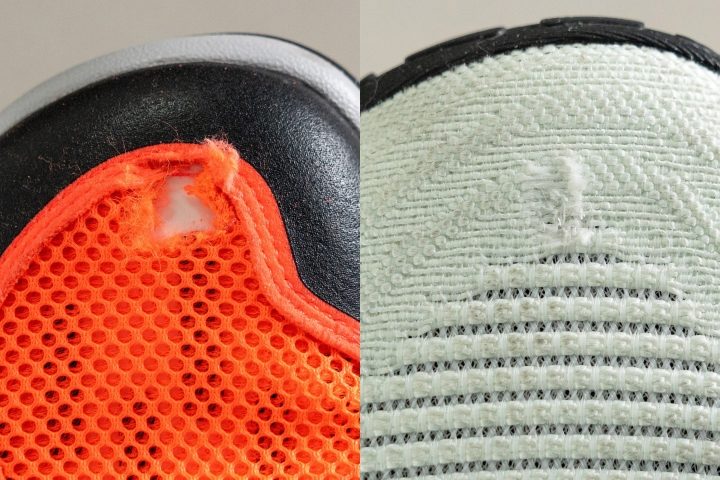
Given that nearly all Nano iterations are currently available online, you have the freedom to choose which type of Nano works best for your needs.
Other editions of the Reebok Nano
As the series continues to evolve and meet the emerging needs of the Crossfit community, the brand comes up with new releases.
Reebok Nano TR Adventure
The Nano X2 was also released in an outdoor-ready edition called the Reebok Nano X2 TR Adventure to accommodate workouts outside the gym venue. It features a heavy-duty lugged outsole for untamed grounds as well as sturdier materials overall.
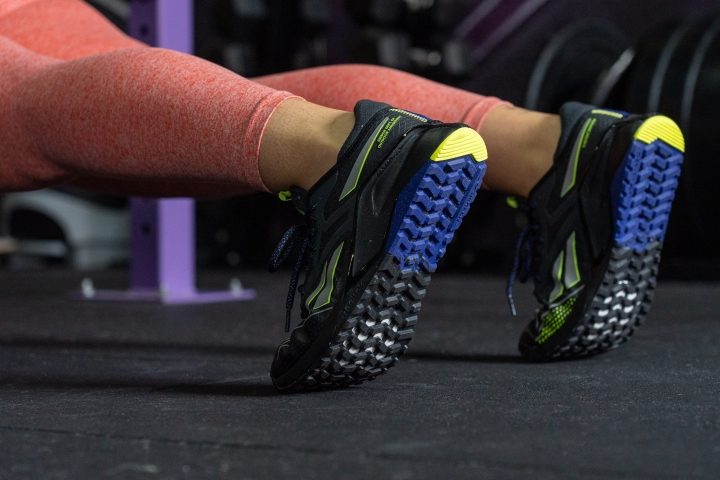
FAQs about Reebok Crossfit shoes
Are Crossfit shoes good for running?
Yes, but for short runs only (2-3 miles).
However, starting from the Nano X2, Reebok began to introduce its Floatride Energy Foam in an attempt to make the series more "runnable." This type of cushioning comes from the brand's running shoes. It provides a super bouncy, but not too soft, responsive midfoot support.
Are Reebok Crossfit shoes good for rope climbing?
Yes, but not all models. The Nano X and Nano X2 had durability issues which made then less suitable for this exercise.
But for the most part, the Reebok Nanos perform very well on the rope thanks to their RopePro technology. Located at the base of the shoe on both sides, this feature bites the rope on the ascent and prevents abrasion on the descent.
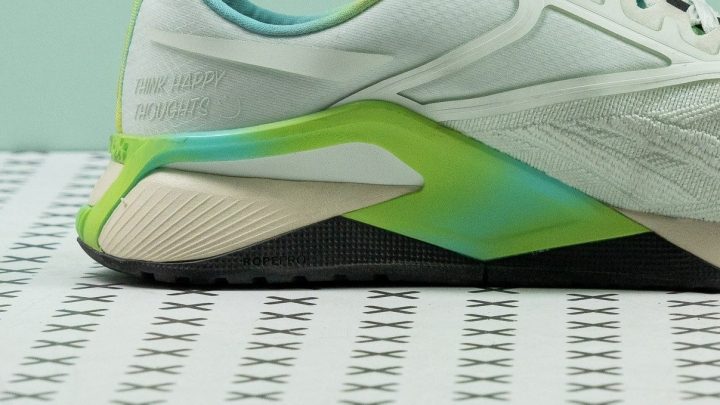
Is Reebok still partnering with Crossfit?
No.
In 2010 Reebok signed a 10-year deal to be the exclusive supplier of CrossFit apparel and footwear as well as the title sponsor of the CrossFit Games. The negotiations to renew the contract were scheduled to take place following the 2020 CrossFit Games.
But then George Floyd was killed and the Black Lives Matter movement exploded around the world. You might think that would have nothing to do with negotiations over the renewal of a sports shoe company’s sponsorship deal, but we’re living in strange times.
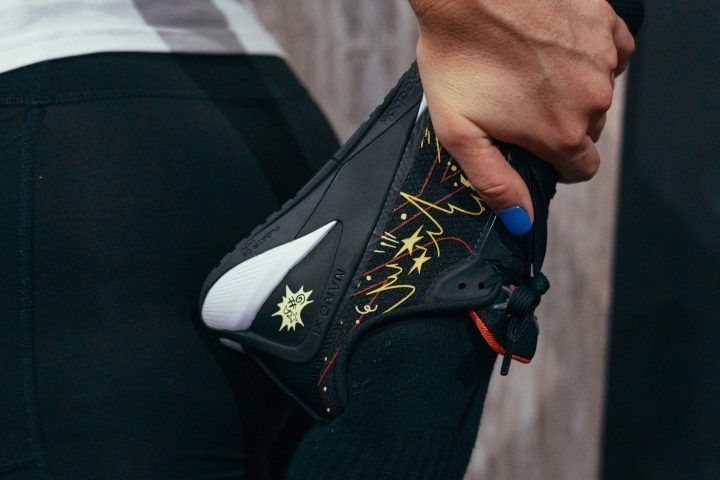
It turns out that CrossFit co-founder Greg Glassman made a Twitter comment that wasn’t politically correct - and that was the end of it. Reebok announced that they would be ending their association with CrossFit. So did other sponsors such as Rogue and FitAid.
Glassman duly performed the obligatory mea culpa, but to no avail. Reebok’s association with CrossFit was officially over. In March 2021, CrossFit announced a deal with Boston-based sportswear brand NOBULL to become the title sponsor and official apparel supplier of the CrossFit Games.
